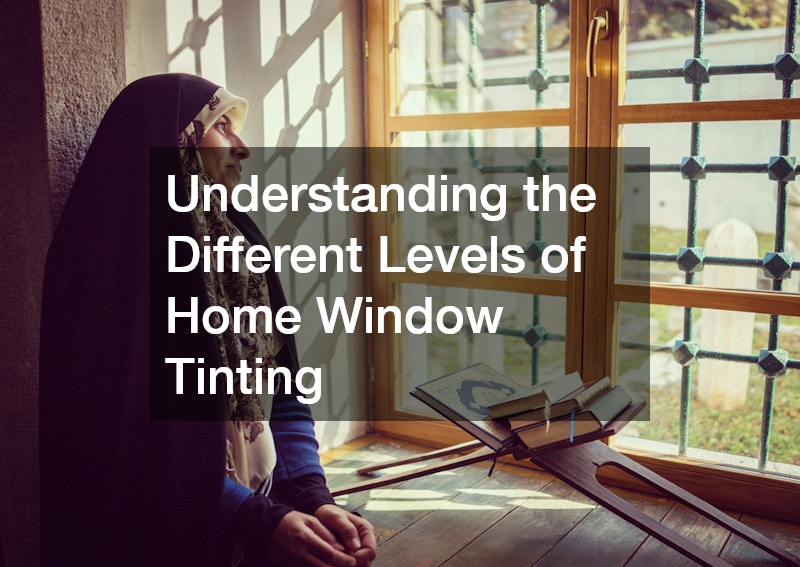
Home window tinting is an effective way to enhance privacy, reduce glare, and improve energy efficiency in your home. However, not all window tints are created equal, and understanding the different levels of tinting can help you choose the best option for your needs. Window tint is typically classified by its visible light transmission (VLT), which indicates how much light can pass through the film.
The first level of home window tinting is light tinting, which allows a significant amount of natural light to enter while still providing some UV protection and glare reduction. This option is ideal for homeowners who want to maintain a bright interior while enjoying modest privacy. Light tints usually have a VLT of around 70% to 90%.
Next, medium tints offer a balance between light and dark options, typically allowing 50% to 70% of light through. These tints provide enhanced privacy and improved temperature regulation, making them a popular choice for living areas and bedrooms.
Finally, dark tints, which have a VLT of 5% to 50%, provide maximum privacy and glare reduction. These tints are perfect for home theaters or rooms with lots of sunlight. When considering home window tinting, it’s essential to evaluate your specific needs and preferences to select the right level for your space.
.






